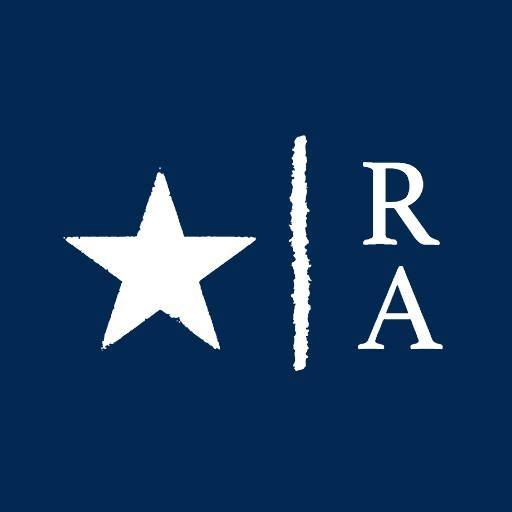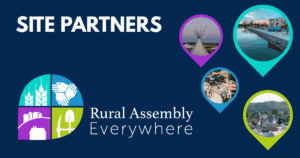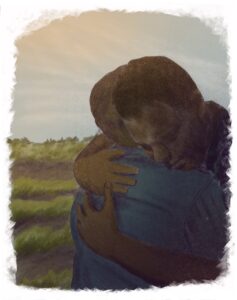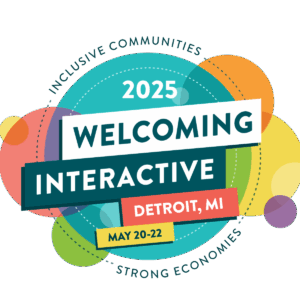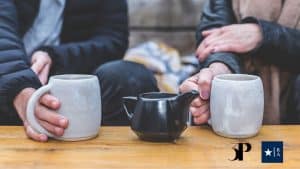Call for Submissions: Borderlands and Belonging

This past fall, the Rural Youth Catalyst Project announced our partnership with PBS American Portrait: A National Storytelling Project. PBS American Portrait is an ongoing, evolving initiative that is asking for people all across the country to contribute their experiences and perspectives to create a documentary series that captures the diversity and realities of our country.
How does it work?
Every few weeks, we will share a new prompt from American Portrait. Each of these prompts is a question for you to react to, share your opinions, ideas, and experiences that reflect your life and/or what you see around you in your community. We will help give you a little bit of shape to the prompt and ask you to send us what you create. We will share your contribution on the Rural Assembly blog and our social media as well as submit it to American Portrait. Worried that you might need a little help with editing what you send us? Don’t be worried, we will help you with any edits if needed. This is an opportunity for you to contribute to a timely, relevant, national conversation that is otherwise missing the perspectives of rural and Native young people.
Call for Submissions: My American Dream: Borderlands and Belonging
Stories about the meaning and pursuit of the American dream and the obstacles people face as they strive to make their dreams come true.
Growing up in Mexico and the Rio Grande Valley of South Texas, the poet, scholar, and activist Gloria Anzaldúa writes about living a region she calls the borderlands. She refers to this area as a very literal geography of lands that are not fully Mexico nor fully the United States. The people and their communities are part of both countries and cultures. However, Anzaldúa is really using this reference to the borderlands to describe and challenge us to think about the invisible borders that exist not just in south Texas but for all of us and in all our communities. The borderlands are physically present across race, ethnicity, culture, gender, gender identity and sexuality, class, or any other identity. Living in the borderlands can bring connectedness when we’re able to shrink those differences in our communities but it can also bring the challenges of feeling like an outsider, facing fear of isolation, discrimination, and hatred as we carry our identities and try to navigate the borderlands of difference.
What is your perspective on the American Dream? How have your experiences of borderland and/or belonging shaped your own sense of the American dream or for your family, or your community? How do we create borderlands and obstacles to either keep each other from or build belonging to support each other in participating in the American Dream?
Choose one or more of the following options to share your American Dream: Borderlands and Belonging story with us
1. Write a Poem
April is National Poetry Month—send us your poem. We will post it on the Rural Assembly/Rural Youth Catalyst Blog and to the PBS American Portrait website.
Don’t worry if you’ve never written a poem before, we welcome new and seasoned poets. Any style or length.
2. Read your work at our Rural Assembly Everywhere Youth Poetry Slam Happy Hour.
Wednesday, April 21st 7-8pm ET.
We will be hosting a virtual happy hour session as part of the Rural Assembly Everywhere and we invite you to read your poem. Join other rural young people from across the country as their share their work or just join to listen and enjoy. In early April, we will send out a sign up notice (first come, first serve until the slots are filled). Stay tuned for details.
3. Write a Short Essay.
It can be one paragraph or a couple of pages and we will share it on our blog and on the PBS American Portrait website. We will feature your essay in the lead up to, during, and after the Rural Assembly Everywhere event.
4. Create and Submit a Short Video (1-11/2 minutes max) to be shown during the Rural Assembly Everywhere Event.
We will also share it on our blog and on the PBS American Portrait website.
Tell us your own story or interview another young person, record their answer and send it to us.
Here are a few more guidelines for shooting your video.
If you shoot video:
- Record yourself looking into the camera as you talk.
- If you’re shooting on a phone, have it in the horizontal position.
- Understand where the light is coming from. If there is sun, don’t have it directly behind what you’re shooting.
- Make sure it’s quiet enough to hear you talking when recording.
Begin your video with, “My name is ______, I’m from _____________”
.
Email your submissions to us at the Rural Youth Catalyst Project: Kim Phinney ([email protected]) and Kathy Moxon ([email protected])
